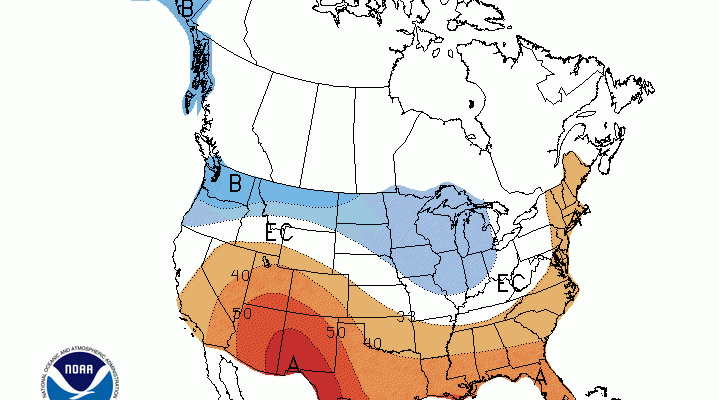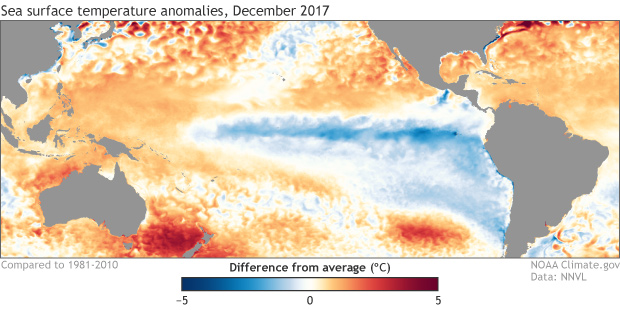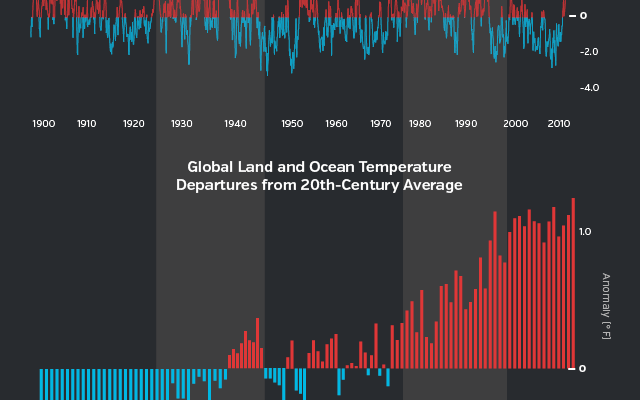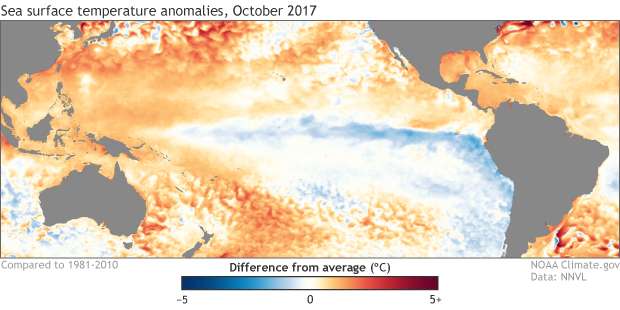El Nino and La Nina
-

The latest climate outlook for February and for February through April was released by NOAA earlier this week. It shows that the most likely conditions are for warmer and drier conditions to cover much of the Southeast, especially in Florida and the southern parts of Alabama and Georgia. Areas to the north of that could…
-

The latest outlook on La Niña was released by NOAA this week. It’s a look at the current state of ENSO (the see-saw that occurs between El Niño and La Niña and a discussion of what a double-dip La Niña is as well as a forecast for what to expect next. It also shows how…
-

Weather Underground posted a story today discussing the likelihood of increased drought in the US due to the presence of La Niña in the eastern Pacific Ocean this winter. In the Southeast, La Niña is known as a precursor that we look for when considering the possibility of drought in the region, but it can…
-

The latest 3-month outlooks from NOAA’s Climate Prediction Center, show the continuing influence of La Niña, which normally brings above normal temperatures and below normal precipitation to large parts of the Southeast. That does not mean we won’t see any cold weather, since Arctic outbreaks can occur even in La Niña winters, and certainly we’ve…
-

The latest advisory for ENSO came out today and shows that we are firmly in a La Niña now and are expected to stay so for at least the next few months before returning to neutral conditions. You can read the outlook at https://www.cpc.ncep.noaa.gov/products/analysis_monitoring/enso_advisory/ensodisc.shtml. While we can get lots of ups and downs in temperature in…
-

Among the many atmosphere-ocean oscillations that occur in the Earth’s global climate system, the Pacific Decadal Oscillation is one of the longest, with swings that may last 30 years or so between phases. Like the El Niño-Southern Oscillation (ENSO) which swings back and forth between El Niño and La Niña, it can regulate global temperatures…
-

NOAA put out their latest La Niña outlook earlier this week. As expected from last month, La Niña conditions are becoming more entrenched and the pattern is expected to last through winter and into spring. The sea surface temperatures and subsurface temperatures both indicate that the La Niña has become more firmly established. One of…
Posted in: El Nino and La Nina